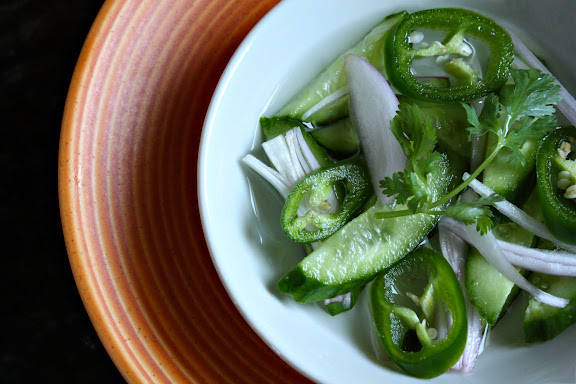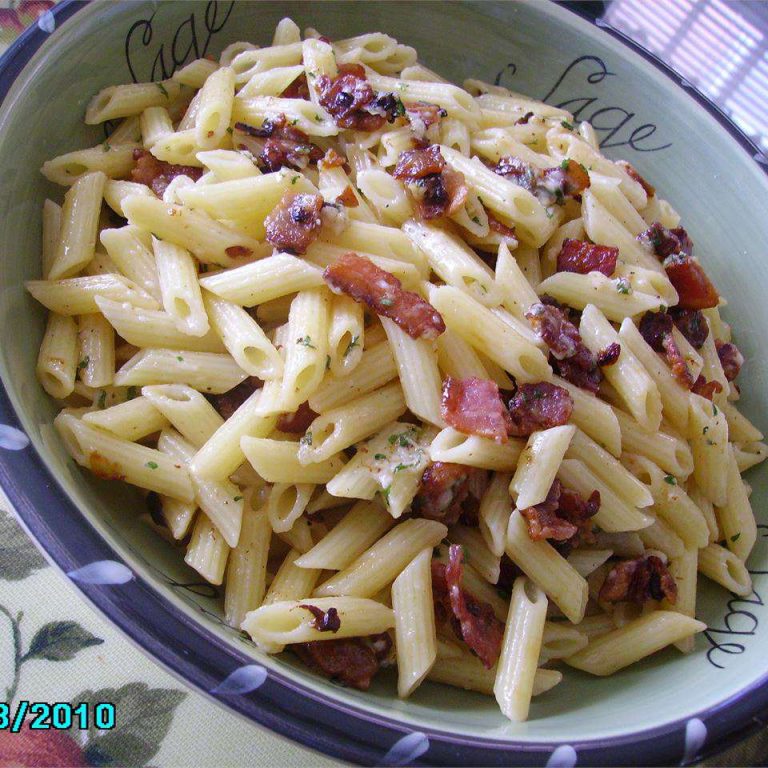Honey Glazed Chicken Guide: Origins, Recipes, and Health Benefits
Honey glazed chicken,your mouthwatering favorite, blends culinary traditions from various cultures. Asian cuisines, notably Chinese and Korean, often use honey-based glazes to enhance flavors. In Western dishes, honey creates a sweet contrast to savory grilled or roasted chicken. This versatile dish captures the essence of fusion food, making it popular globally.
- Chicken: Use boneless thighs or breasts for rich flavor and tender texture.
- Honey: Choose natural, unprocessed honey to achieve the best caramelization.
- Garlic: Adds a robust, aromatic layer.
- Soy Sauce: Balances sweetness with a savory note, especially in Asian-inspired recipes.
- Lemon Juice: Offers acidity to cut through the sweetness, enhancing overall flavor.
- Butter: Gives the glaze a smooth, rich finish.
- Spices: Common choices include black pepper and paprika for added depth and heat.
How to Make Honey Glazed Chicken
Preparing the Ingredients
Select boneless chicken thighs or breasts, ensuring they’re fresh. Clean and pat dry the chicken using paper towels. Measure out natural honey for its caramelizing properties. Mince fresh garlic to add a strong aroma. Prepare soy sauce for a balanced flavor profile. Squeeze a lemon to extract fresh juice for acidity. Melt butter for a rich texture. Gather black pepper and paprika for depth and heat.
Cooking Techniques
Heat a skillet over medium-high heat. Melt butter, then add minced garlic and sauté until fragrant. Add the chicken pieces, cooking for 4-5 minutes per side until golden brown. Pour in soy sauce, lemon juice, and honey. Lower heat to simmer and cook, turning chicken occasionally to coat evenly. Continue until the sauce thickens to a glaze and the chicken reaches an internal temperature of 165°F. Sprinkle with black pepper and paprika, then serve hot.
Health Benefits of Honey Glazed Chicken
Nutritional Components
Honey glazed chicken offers a balance of proteins, carbohydrates, and essential minerals. Chicken, particularly the boneless thighs or breasts, provides high-quality protein necessary for muscle repair and growth. Honey, a natural sweetener, supplies quick energy and includes antioxidants that combat oxidative stress. Additionally, garlic used in the recipe contains allicin, known for its anti-inflammatory and immune-boosting properties. Soy sauce, in moderation, brings slight amounts of iron and magnesium. Other ingredients like lemon juice add vitamin C, while black pepper and paprika contribute to overall antioxidants and metabolism-boosting effects.
Diet-Friendly Variations
You can adjust the honey glazed chicken recipe to suit various dietary needs. For a low-sugar version, use less honey or substitute with alternatives like maple syrup or agave nectar. To make it low-sodium, opt for low-sodium soy sauce or tamari. If you prefer gluten-free options, ensure all sauces and spices are certified gluten-free. For a healthier fat profile, replace butter with olive oil or avocado oil. These alterations maintain the dish’s delightful flavors while catering to specific dietary preferences.
Serving Suggestions for Honey Glazed Chicken
Pairing Options for a Balanced Meal
Include vegetables like steamed broccoli, roasted brussels sprouts, or sautéed spinach to add nutrients and fiber. Grain options such as quinoa, brown rice, or couscous complement the chicken’s flavors, providing a wholesome balance. For a low-carb alternative, try cauliflower rice or zoodles (zucchini noodles).
Creative Serving Ideas
Serve honey glazed chicken skewers at your next barbecue to impress guests. Make honey glazed chicken wraps using flatbreads, adding fresh veggies and a drizzle of tzatziki sauce. Prepare honey glazed chicken salads by combining mixed greens, cherry tomatoes, and avocado, topped with a tangy vinaigrette dressing.
Conclusion
Honey glazed chicken is more than just a dish; it’s a culinary journey that marries diverse flavors and traditions. Whether you’re looking for a crowd-pleaser for special occasions or a nutritious meal option, this recipe fits the bill. Its adaptability allows you to experiment with diet-friendly versions without compromising on taste. Pair it with your favorite sides or get creative with presentation, and you’ll have a meal that’s both delicious and memorable. So, roll up your sleeves and give this fusion delight a try—you won’t be disappointed.




